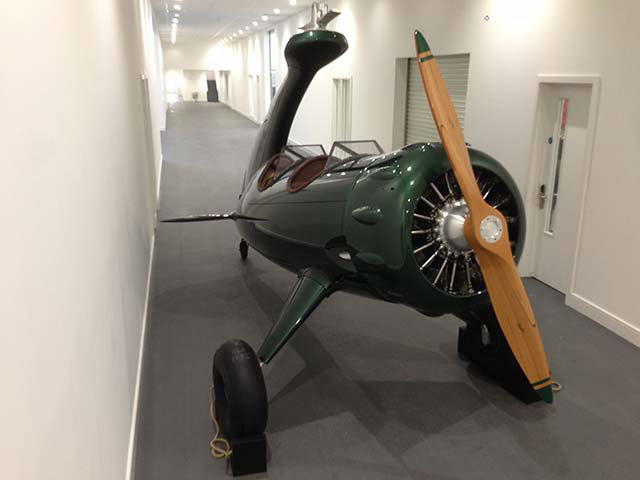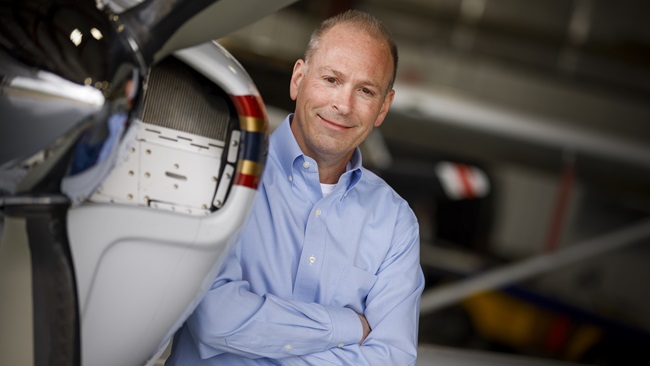
It seems more like a scorpion than a bulldog, but Barry Jones of Derby, England, prefers that name and told Dan Johnson of bydanjohnson.com that his Bulldog Autogyro prototype will fly by July 2015. It should be noted that first flights in general have a way of getting postponed, but this retro-looking rotorary wing aircraft already has four orders.
That retro look extends right down to the leather interior of the two-seat aircraft, and looks much like Harold Pitcairn and patent owner Juan de la Cierva of Spain intended it to look. Their efforts in the 1930s showed promise, with one landing on the White House lawn.
The original Pitcairn-Cierva autogyro had the rotor mounted on a framework above the cabin, but this one mounts the rotor on a scorpion-like extension emerging above the aircraft starting from the tail. The builder sees the lack of a tail rotor as an advantage over present-day helicopters, although its limitation to two passengers throws the advantage back to the helicopter.
Like the early Pitcairn model, the Bulldog has a rotary engine, but this nine-cylinder engine has 150 horsepower and is built by Rotec instead of Wright or Pratt & Whitney. It runs on 100LL or high-octane mogas and burns seven gallons an hour. There's no prediction of a cruise speed on the Bulldog website, but a look at history indicates the Pitcairn autogyro cruised at 120 mph and was capable of reaching the mid-130 mph.



